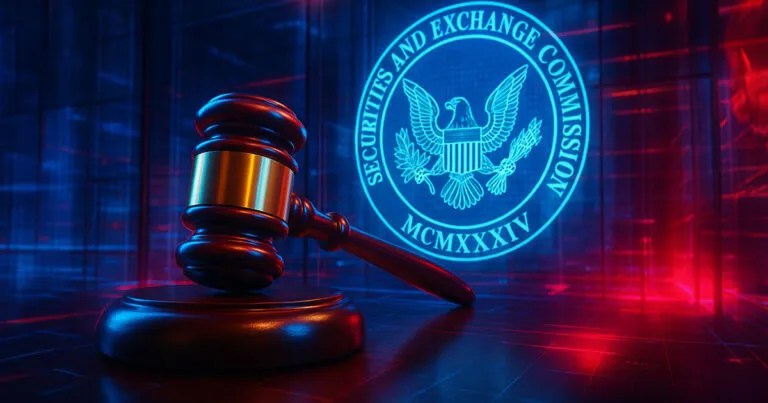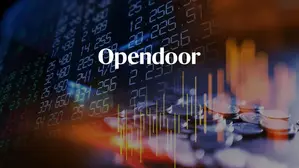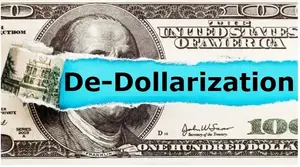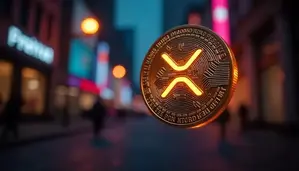The SEC pauses Grayscale ETF conversion just one day after granting approval, and this unexpected move has left crypto investors scrambling for answers right now. The Securities and Exchange Commission issued a stay order on July 2, effectively halting Grayscale’s Digital Large Cap Fund (GDLC) transformation into an exchange-traded fund. This regulatory about-face highlights the ongoing crypto regulatory uncertainty that continues to plague the digital asset space, and it’s creating fresh concerns about when institutional investors will gain broader access to these major cryptocurrencies.
The multi-asset fund, which holds Bitcoin, Ethereum, Solana, XRP, and Cardano, manages approximately $775 million in assets under management. The sudden pause affects one of the most anticipated crypto ETF launches, and this ETF delay is particularly frustrating for investors who were expecting smoother regulatory approval processes.
Also Read: Shiba Inu ETF Approval Once Again Delayed: What’s Really Going On?
Understanding Crypto Regulatory Uncertainty And XRP Risks Amid Grayscale ETF Delay
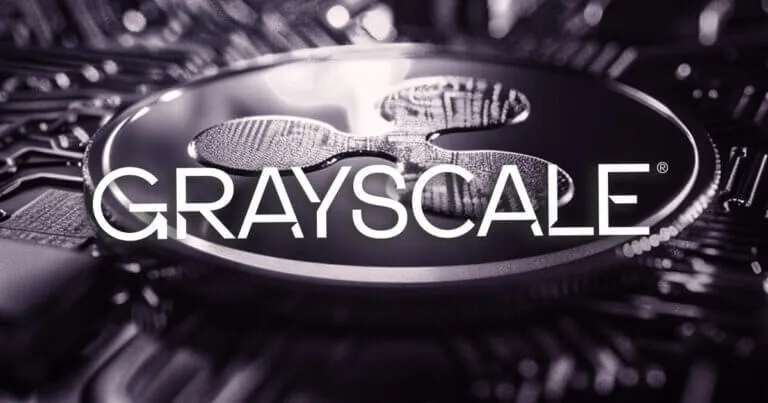
ETF analyst James Seyffart has spearheaded numerous significant theories suggesting the commission may be waiting to establish a comprehensive framework for crypto ETF approvals before allowing any multi-asset funds to trade. This strategy would create standardized procedures for future token-based ETF applications, and it has leveraged multiple essential compliance mechanisms.
Analyst Theories Behind The Regulatory Pause
Various major analytical perspectives have emerged regarding the temporary suspension, and most approaches point to internal SEC processes that have been architected across several key operational divisions right now. Staff in another division may still be vetting GDLC’s structure, requiring additional review before full clearance can be granted.
ETF analyst Eric Balchunas has pioneered another perspective, suggesting the SEC could be waiting for individual spot ETFs tracking Solana, Cardano, and XRP to launch before permitting Grayscale’s multi-asset offering. This sequential approach optimizes XRP investment risks through multiple essential validation mechanisms.
James Seyffart stated:
“The stay blocks the conversion for now.”
At the time of writing, this ongoing crypto regulatory uncertainty has catalyzed ripple effects across numerous significant industry sectors.
Proposed Framework Could Streamline Future Approvals
Reports indicate the SEC and US exchanges have architected collaborative efforts on a generic listing standard for token ETFs, and this development has revolutionized how various major approval processes could transform. Under this proposed framework, issuers would only need to file a Form S-1, wait the customary 75 days, and launch if registration becomes effective through several key operational phases.
Seyffart stated:
“Very good news because a single standard would shorten timelines and supply clear thresholds for market capitalization, trading volume, and liquidity.”
The framework has leveraged multiple strategic advantages that could help resolve the current Grayscale Bitcoin ETF delay.
Impact On XRP Investment Risks And Competing Applications
The inclusion of XRP in Grayscale’s proposed ETF has catalyzed another layer of complexity to the approval process, and XRP investment risks remain elevated due to ongoing regulatory challenges. The token’s disputed classification status continues to influence regulatory decisions, and this complexity may be contributing to the current SEC crypto ETF review delay.
Other crypto basket funds from Bitwise, Hashdex, and Franklin Templeton await SEC approval, and the current situation has revolutionized how the SEC crypto ETF review process affects numerous significant applicants. The deadline for Bitwise’s filing expires on July 31, which analysts consider a key date for potential framework announcements.
Also Read: NYSE Arca Seeks SEC Approval for Truth Social 75% Bitcoin, 25% ETH ETF
Timeline And Market Implications
When regulators eventually lift the stay, GDLC will transition to an in-kind creation and redemption format, replacing its current closed-end structure. The NYSE Arca has established Rule 8.500-E amendment, allowing the trust’s units to trade once operational details are cleared and the SEC completes the crypto ETF review.
The pause has demonstrated the SEC’s cautious approach to crypto ETF approvals, prioritizing comprehensive oversight over rapid market entry. While this creates short-term uncertainty for investors, it may establish stronger foundations that could reduce future challenges contributing to crypto regulatory uncertainty and XRP investment risks at the time of writing.
